
-
Find the right food for your petTake this quiz to see which food may be the best for your furry friend.Find the right food for your petTake this quiz to see which food may be the best for your furry friend.Featured products
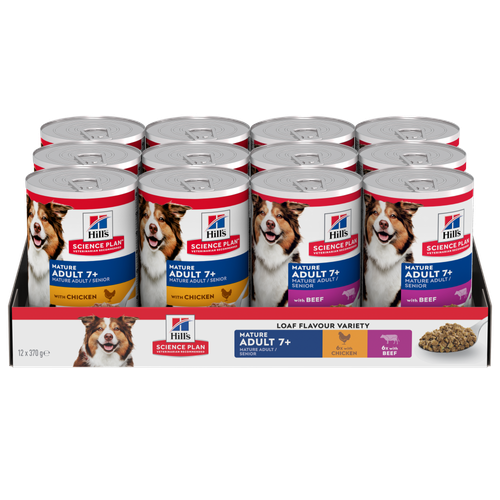 Mature Adult Dog Food
Mature Adult Dog FoodHill's Science Plan Mature Adult Multipack Wet Dog Food with Chicken & Beef are complete premium pet foods for mature adult dogs from 7 years. Your dog will love these deliciously smooth and savoury minced loaves, formulated to deliver the appropriate amount of energy to support the needs of adult dogs.
Shop Now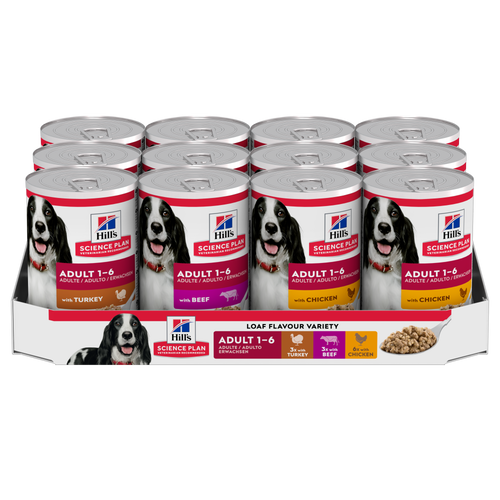 Adult Wet Dog Food with Beef
Adult Wet Dog Food with BeefHill's Science Plan Adult Multipack Wet Dog Food with Chicken, Beef & Turkey are complete premium pet foods for adult dogs from 1 year. Your dog will love these deliciously smooth and savoury minced loaves, formulated for balanced nutrition and overall health.
Shop Now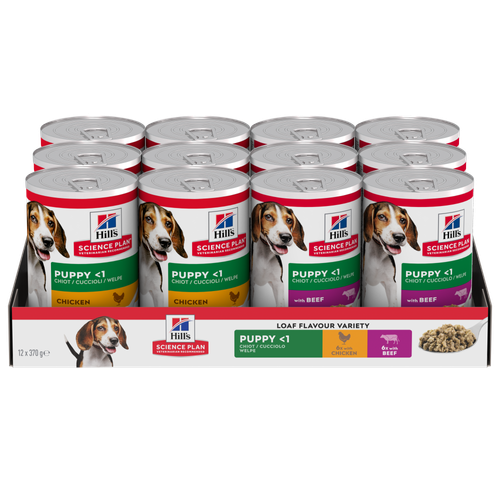 Puppy Food
Puppy FoodHill's Science Plan Puppy Multipack Wet Dog Food with Chicken & Beef are complete premium pet foods for growing puppies from weaning until 1 year old and for pregnant and nursing dogs. Your puppy will love these deliciously smooth and savoury minced loaves, formulated for balanced nutrition and overall health.
Shop NowFeatured products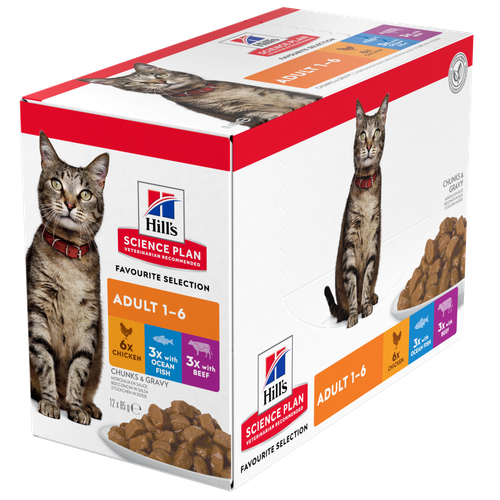 Adult Multipack Wet Cat Food with Beef, Ocean Fish & Chicken
Adult Multipack Wet Cat Food with Beef, Ocean Fish & ChickenTender chunks in gravy for cats, with high-quality protein to maintain lean muscle. With vitamin E and omega-3s & -6s for healthy skin and balanced minerals to support healthy vital organs.
Shop Now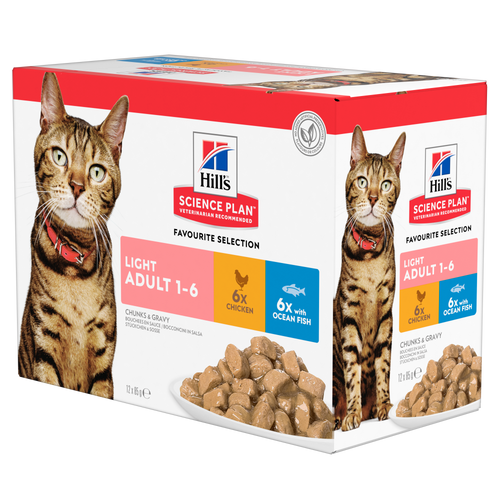 Light Adult Multipack Wet Cat Food with Chicken & Ocean Fish
Light Adult Multipack Wet Cat Food with Chicken & Ocean FishTender chicken chunks in gravy for cats, with L-carnitine and fewer calories for ideal weight management. Packed with high-quality protein, omega-6s, and vitamin E for shiny fur and healthy skin.
Shop Now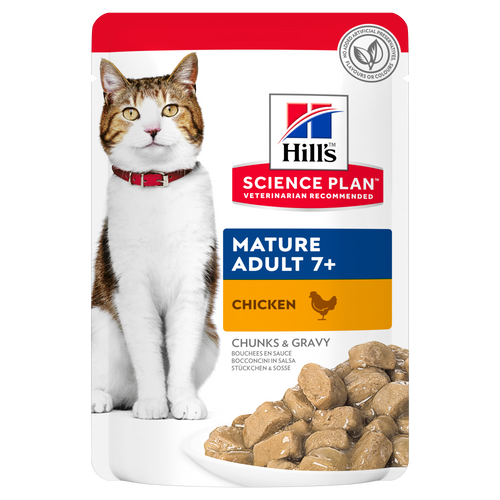 Mature Adult Wet Cat Food with Chicken
Mature Adult Wet Cat Food with Chicken
Tender chicken chunks in gravy for mature adult cats. Made with easy-to-digest ingredients, high-quality protein for lean muscle maintenance and antioxidant vitamins C+E for optimal health.
Shop Now -
Dog
- Dog Tips & Articles
-
Health Category
- Weight
- Food & Environmental Sensitivities
- Urinary
- Digestive
- Joint
- Kidney
-
Life Stage
- Puppy Nutrition
- Adult Nutrition
- Senior Nutrition
Cat- Cat Tips & Articles
-
Health Category
- Weight
- Skin & Food Sensitivities
- Urinary
- Digestive
- Kidney
-
Life Stage
- Kitten Nutrition
- Adult Nutrition
Featured articles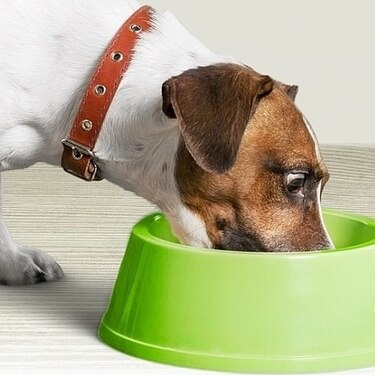 The Right Diet For Your Pet
The Right Diet For Your PetIn people, the right diet is very important. If you are eating the wrong way for your metabolism, activity level, age and lifestyle you could end up with health issues.
Read More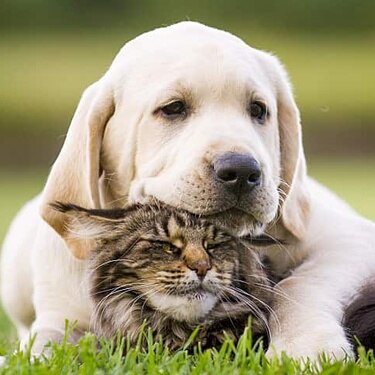 The Incredible Science Behind Your Pet's Microbiome
The Incredible Science Behind Your Pet's MicrobiomeLearn what your pet's microbiome is, how it contributes to your pet's gut and overall health, and why nutrition is important in maintaining healthy microbiomes.
Read More Show some love with wet foods: a great choice for pets with health issues
Show some love with wet foods: a great choice for pets with health issuesShow some love with wet foods: a great choice for pets with health issues.
Read More -


Seeing our pets tucking into their food with gusto is one of the great pleasures of being a pet parent. Some pet owners feel that giving just one type of food, particularly just kibble, might be a little boring for their pets, and that adding in some wet food feels like a great way to add extra taste and variety. But you may find yourself wondering what the best way to mix pet foods is. Well, look no further!
Feeding a complete and balanced pet food
The main thing that you need to be sure of when it comes to mixing pet foods is that the overall food is complete and balanced. This means that it provides all the nutrients your pet needs for their age and lifestyle, in the right amounts. In the past, it was common practice to have tinned food added to ‘mixer’ biscuits. This combination aimed to give balance, but it could be a bit hit-and-miss in terms of providing adequate nutrition. These days, many pet foods, particularly the premium brands, are complete and balanced, which makes your life much easier and your pet’s nutrition much better. This means that you can feed just wet, just dry, or a combination of the two, as suits you and your pet.


Tasty Tips
Young pets may need several visits in their first year for vaccinations. Adult pets generally benefit from annual check-ups, while senior or special-needs pets might require more frequent visits.
How do I feed a mix of wet and dry pet food?
The simple answer to this is: pretty much however best suits your budget, your feeding routine, and your pet’s preference. Wet and dry foods both have pros and cons for dogs and for cats. One of the major factors that influence people is cost, as wet food generally tends to be the more expensive of the two. As long as both the types of food you give are the same range and brand, and complete and balanced, you can feed any proportion of wet versus dry that you want to.
Mixing wet and dry food in the same bowl. It’s absolutely fine to mix your wet and dry food together in the same bowl. Some pet parents use this method to get their pet to enjoy the kibble more, make it more interesting, or add some moisture to the dry. Lots of dogs love to have their wet and dry mixed in the same bowl. This method has the advantage that each meal is the same and easy to prepare, but it does have a couple of potential drawbacks:
Some animals, especially cats, may not like the texture of the kibble after it’s softened when mixed.
Tinned food will go off much more quickly than kibble once it’s been served, and so any uneaten food must be discarded fairly soon after serving. Wet pet food can also attract unwanted flies, especially during the warmer months, which may mean you end up throwing more away, including the dry food.
You may not be able to mix very different flavours. While some animals may seem not to care what is in their bowl - it disappears immediately anyway! - others are more discerning. If you want to give a variety of flavours, you may find your pet doesn’t like, for example, chicken mixed with fish.
Feeding wet and dry separately. Lots of pet parents find this an ideal way to feed their pets a variety of flavours with minimal waste and lots of convenience. You may decide to split the meals through the day, giving wet in the morning and dry in the evening, or vice versa. Cats do very well with lots of small, frequent meals, and timer feeders can be very useful for this. You could feed the delicious sachet or tinned food morning and evening and have that lovely bonding experience with your cat, while a timer feeder can dispense kibble for your cat throughout the rest of the day and into the late evening if you’d like.
Feeding wet and dry separately means less waste if your pet doesn’t eat the whole portion in one sitting, and it means you can feed a variety of flavours at different meal times.
Things to consider when mixing wet and dry pet food
There are a few things you need to remember when feeding wet and dry foods:
Keep the calories right. It can be more difficult to calculate feeding amounts when you mix wet and dry. Lots of foods have mixed feeding guides, but if you’re ever unsure, ask your vet to help you. Alternatively, you can contact the company making the food and they will normally be able to calculate it for you. Always feed your pet for the weight they should be and ask your vet if you’re not sure what that is.
Don’t mix brands. Although most foods are complete and balanced, each brand may differ slightly in the way they make the blend of nutrients. Mixing two brands could mean your pet gets an excess or a deficiency of something important.
Don’t mix life stages. Pet foods are formulated for the various life stages of your pet, such as puppy or kitten versus adult or senior. Mixing across life stages could result in an excess or deficiency for the stage of life your pet is at. Take particular care with growing animals.
Give therapeutic foods under vet advice. Therapeutic foods are very specifically formulated to help treat certain diseases such as kidney or bladder problems. Never put your pet on one of these diets without veterinary advice, and never mix them with each other or other lifestage foods unless your vet has specifically told you to do so.
Whether you choose wet, dry, or a combination of the two, you’re bound to find a suitable food that your pet loves among the many options available today.
Reviewed by Dr. Hein Meyer, DVM, PhD, Dipl-ECVIM-CA and Dr. Emma Milne BVSc FRCVS


One of our staff authors prepared this article for you
Related products

Tender chunks in gravy for cats, with high-quality protein to maintain lean muscle. With vitamin E and omega-3s & -6s for healthy skin and balanced minerals to support healthy vital organs.

Tender chicken chunks in gravy for mature adult cats. Made with easy-to-digest ingredients, high-quality protein for lean muscle maintenance and antioxidant vitamins C+E for optimal health.


Tender chicken chunks in gravy for cats, with L-carnitine and fewer calories for ideal weight management. Packed with high-quality protein, omega-6s, and vitamin E for shiny fur and healthy skin.
Related articles

Show some love with wet foods: a great choice for pets with health issues.

Learn what your pet's microbiome is, how it contributes to your pet's gut and overall health, and why nutrition is important in maintaining healthy microbiomes.

To make a protein, amino acids are linked together in a long chain. The chain is then bundled into to a three-dimensional structure, like a tangled ball of yarn.

In people, the right diet is very important. If you are eating the wrong way for your metabolism, activity level, age and lifestyle you could end up with health issues.
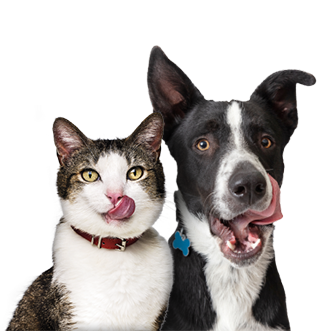
Put your pet on a diet without them knowing
Our low calorie formula helps you control your pet's weight. It's packed with high-quality protein for building lean muscles, and made with purposeful ingredients for a flavourful, nutritious meal. Clinically proven antioxidants, Vitamin C+E, help promote a healthy immune system.
Put your pet on a diet without them knowing
Our low calorie formula helps you control your pet's weight. It's packed with high-quality protein for building lean muscles, and made with purposeful ingredients for a flavourful, nutritious meal. Clinically proven antioxidants, Vitamin C+E, help promote a healthy immune system.

